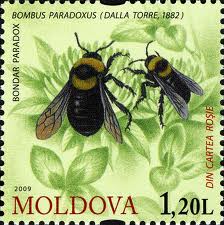Although bee advocates have focused on farmers and their use of insecticides, homeowner use of chemicals also can affect bee populations. Many homeowners apply neonicotinoids, a widely used class of insecticides, when lawn weeds, such as dandelions and white clovers, are blooming; This practice can have a negative effect on native pollinator populations. Jonathan Larson, a University of Kentucky doctoral student, recently published the results of his homeowner research in the journal PLOS ONE. Declines in honeybee populations have captured media headlines. But other pollinators, such as bumblebees, also are on the decline due to diseases, pesticides and habitat loss. “With honeybee populations struggling, we need to rely on native bees, such as bumblebees, to pick up the slack on plant pollination,” Dan Potter, UK entomologist and Larson’s adviser, said in the release. “Many native bees are much more efficient at pollinating certain types of crops, like tomatoes, urban flowering plants and vegetables grown in home gardens.”
Larson looked at how chlothianidin, a neonicotinoid marketed to commercial growers as Belay, negatively affected bumblebee queen production. He also found the chemical slowed worker foraging and increased mortality rates within five days of exposure compared with control hives. Even after the exposed hives were moved to untreated fields to forage for six weeks, they had a hard time gaining weight compared to bees that had never been exposed to insecticides. Larson found that if homeowners mowed clover that had been treated, and thereby removed the blooms, the new flowers didn't affect bumblebee colonies. Bumblebees exposed to chlorantraniliprole, which is marketed to commercial growers under the brands Coragen and Altacor, developed and reproduced normally, according to the release.
See more at: http://www.thegrower.com/news/Study-Homeowners-insecticide-use-affects-…

- Log in to post comments
